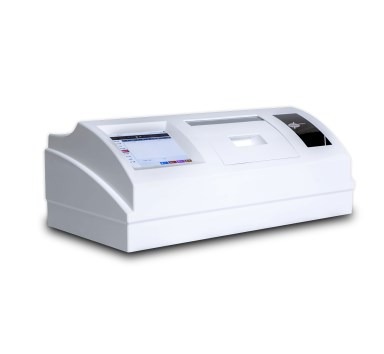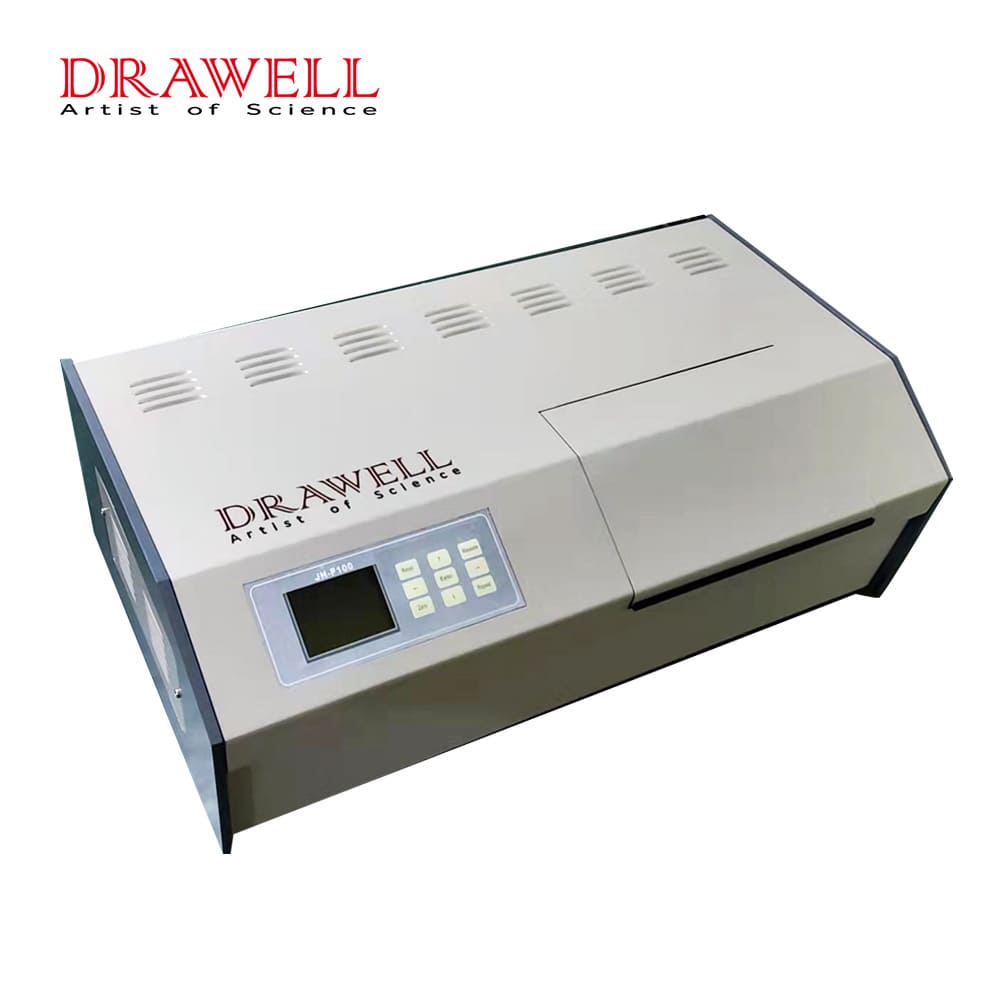The automatic polarimeter, a critical equipment for detecting optical rotation, is used in a variety of industries, including pharmaceuticals, food and beverage, and chemical analysis. This article delves into the operation, functioning, uses, and benefits of automatic polarimeters in the realm of analytical science.
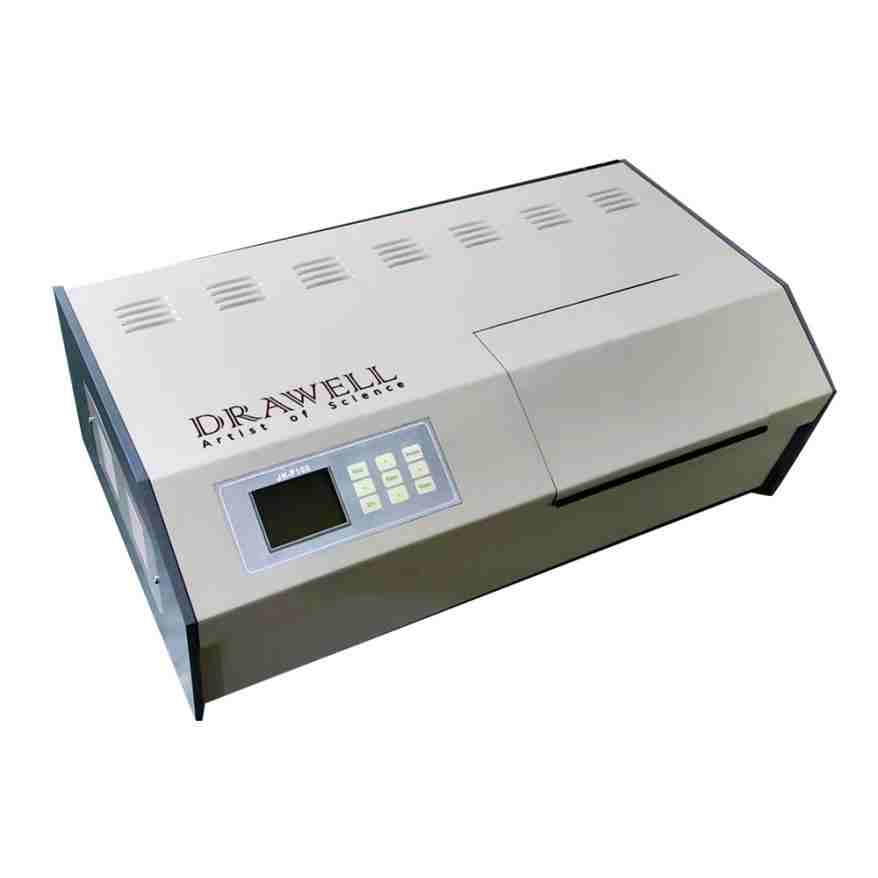
Working Principle of Automatic Polarimeters
Automatic polarimeters work on the basis of optical rotation principles, utilizing the behavior of polarized light as it interacts with chiral compounds. Chirality is the property of molecules that are non-superimposable mirror images of one another, also known as enantiomers. The creation of polarized light, its interaction with a sample, and the detection and analysis of the resulting optical rotation are the main operating concepts of automatic polarimeters.
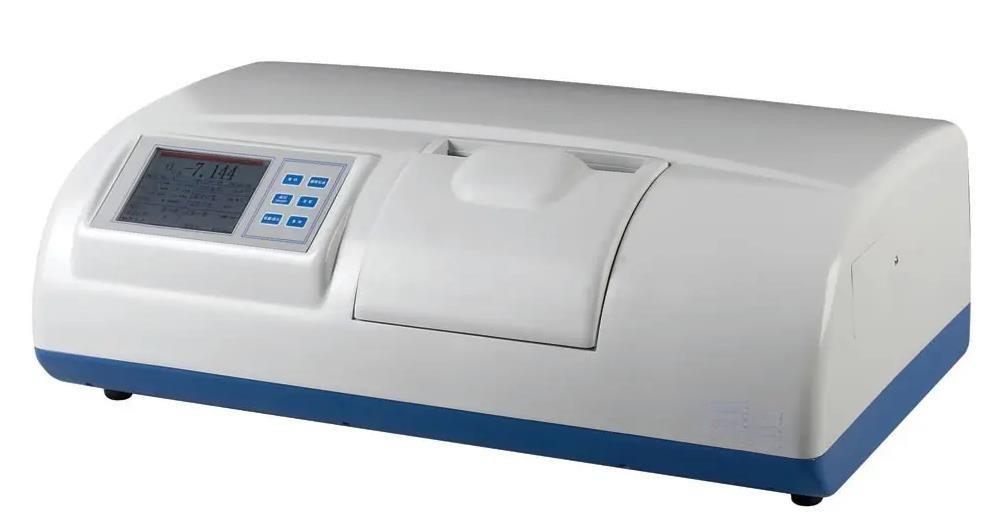
Key Components of an Automatic Polarimeter
- Light Source
To generate a polarized light beam, automatic polarimeters typically use a monochromatic light source, such as a sodium (Na) lamp or light-emitting diode (LED). The use of monochromatic light guarantees that measurements are consistent.
- Polarizer
The polarizer is a critical component that converts unpolarized light from the source into a polarized light beam. The rest of the optical system is filled with polarized light.
- Sample Chamber
The sample chamber is where the polarized light interacts with the chiral sample. The sample, which is frequently in liquid form, is deposited in this chamber.
- Analyzer
The polarized light is then passed via an analyzer after interacting with the material. The analyzer is a device that can be rotated to control the intensity of the polarized light reaching the detector. This rotation is a key parameter measured in the process.
- Detector
A detector, typically a photodiode or a similar light-sensitive device, measures the intensity of the polarized light that has passed through the sample. The detector is positioned at an angle relative to the polarizer and analyzer.
- Data Analysis
The automatic polarimeter calculates the optical rotation of the sample based on the change in the angle of the analyzer needed to restore the light intensity to its original level. The angle of rotation is then converted into specific optical rotation values, typically reported in degrees.
- Automation
The “automatic” aspect of these polarimeters refers to their ability to automate the measurement process. Advanced models can automatically control the rotation of the polarizer and analyzer, record data, and calculate results without manual intervention.
The automation of these processes enhances efficiency, precision, and the overall reliability of optical rotation measurements in various fields.
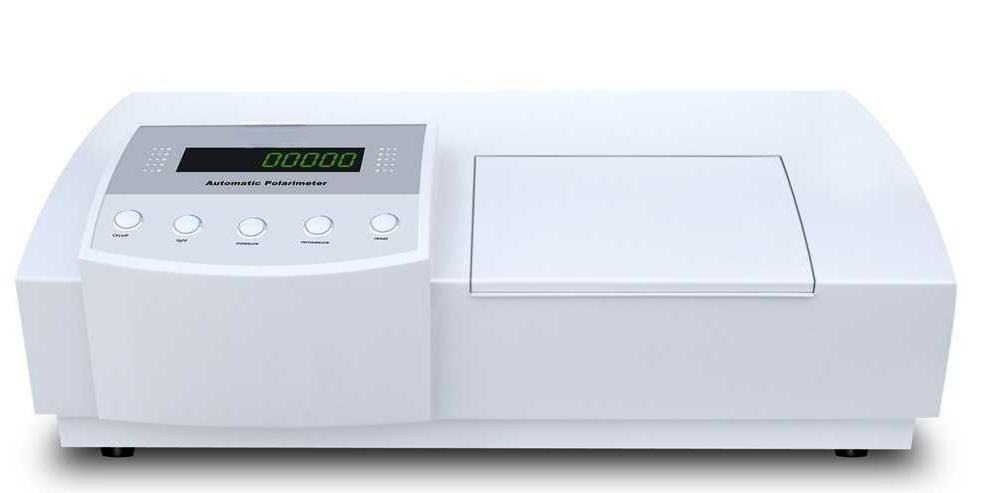
Applications of Automatic Polarimeters
1. Pharmaceutical Industry
In the pharmaceutical business, automatic polarimeters are widely utilized for quality control and research. They aid in determining the purity and concentration of chiral chemicals in pharmaceutical formulations.
2. Food and Beverage Industry
Automatic polarimeters are used in the food sector to examine sugars, sweeteners, and other chiral substances. This ensures quality requirements are met and offers information about the composition of food products.
3. Chemical Analysis
Automatic polarimeters play a crucial role in chemical research by providing insights into the composition and behavior of chiral molecules. They are valuable tools in organic synthesis and stereochemistry studies.
Advantages of Automatic Polarimeters
1. High Precision
Automatic polarimeters offer high levels of precision in optical rotation measurements, ensuring reliable and reproducible results.
2. Time Efficiency
Automation reduces the time required for measurements, making these instruments efficient for routine analyses.
3. Ease of Use
The user-friendly interface of automatic polarimeters allows both experienced analysts and beginners to operate the instrument with ease.
4. Data Management
Advanced models come equipped with data storage and management capabilities, facilitating record-keeping and analysis.
Conclusion
Automatic polarimeters provide excellent precision in optical rotation measurements, delivering repeatable and trustworthy results. The automatic polarimeter exemplifies the constant improvements in analytical instruments. Its involvement in chiral chemical characterization has far-reaching consequences throughout sectors, contributing to product quality, research improvements, and overall scientific understanding.. As technology evolves, automatic polarimeters are likely to become even more sophisticated, further enhancing their capabilities and expanding their applications in the diverse field of analytical chemistry.

